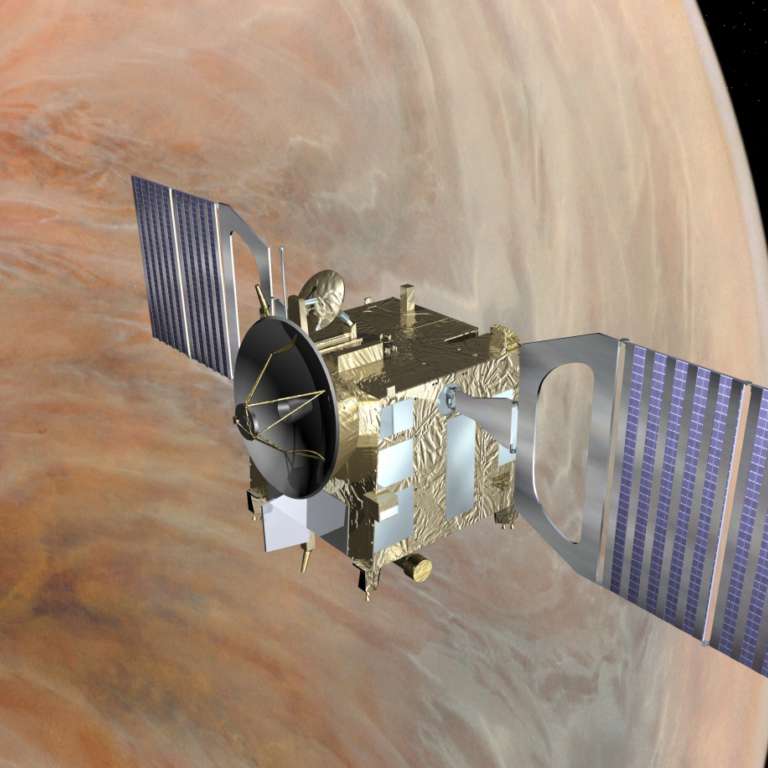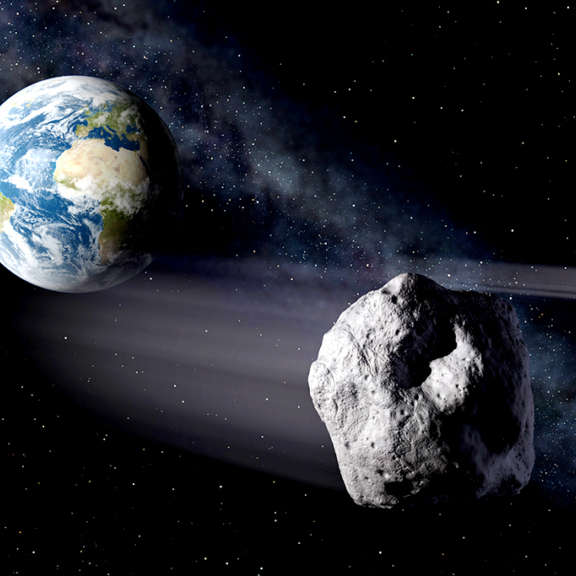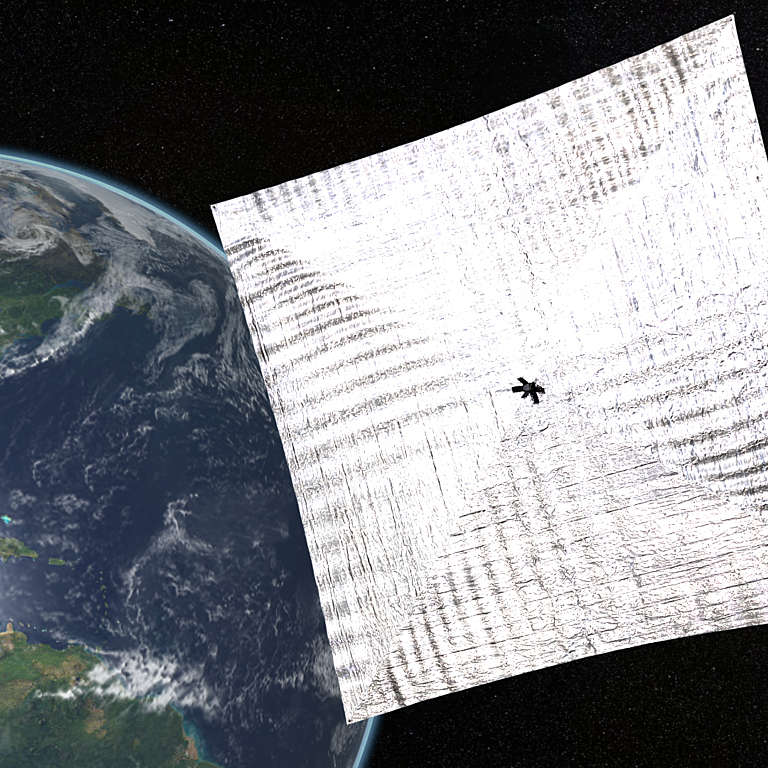All
All
Stories, updates, insights, and original analysis from The Planetary Society.
Planetary Society Researcher Max Rocca Discovers Largest Impact Crater in South America
It was January of 2004 when the elegant curve of the Vichada first caught the attention of geologist Max Rocca of Buenos Aires. Could the course of the river have been shaped by the circular outlines of an impact crater? Rocca decided to find out.
Endeavour Crew Arrives at KSC
The crew for the STS-130 flight of shuttle Endeavour arrived at the Kennedy Space Center late in the evening on Tuesday February 2. Blastoff is slated for February 7 at 4:39 AM and will be the final night time shuttle launch.
ESA mission analyst suggests 2010 AL30 might be Venus Express rocket
2010 AL30 zipped past us harmlessly about five hours ago. Because of its one-year orbital period, many people speculated it might be a manmade object, but 2010 AL30 might, in fact, be artificial.
2010 AL30: Watch out for low-flying asteroids
In less than 24 hours, a newly discovered asteroid known as 2010 AL30 will be zipping past Earth at an altitude of approximately a third the Earth-Moon distance. There's no chance it'll hit us, but it's generating a lot of excitement in the community of amateur and professional near-Earth asteroid observers.
The Norway Spiral
I had a fun conversation with Paul Harris just now on his show at KTRS about the crazy spiral that showed up in Norwegian skies yesterday.
Near Earth Objects and Planetary Defense
Could a space rock hit Earth and cause widespread devastation? What could we do if we found an asteroid or comet on a collision course with Earth?
STS 129 Astronauts Arrive at Cape Canaveral
Under overcast skies and unusually cold Florida weather, the six man astronaut crew of STS 129 flew into Cape Canaveral on November 12 aboard a NASA Gulfstream II jet.
Optical SETI's Growing Capabilities
Often, the phrase “next steps” has been known to describe things that don't actually happen. But for The Planetary Society's All-sky Optical SETI, it's different. Here's what's happened in the last year.
Netherlands fireball
I was debating whether to write anything about a reported fireball that streaked across the sky in the Netherlands at roughly 19:00 local time (17:00 UTC) yesterday, October 13, but seeing this image ended my internal debate.
AMASE 2009: Testing future Mars surface instruments in the Arctic
I have just posted four more blog entries from Juan Diego Rodgriguez-Blanco detailing the work conducted during this year's Artic Mars Analogue Svalbard Expedition (AMASE).
Apophis is less scary than it used to be
Based on analyses of previously unstudied telescopic data, NASA scientists have released new predictions for the path of the 300-meter-diameter asteroid Apophis.
Phobos Grunt including Phobos LIFE Delayed Until 2011
Today, the Russian space agency, Roscosmos, decided to delay from 2009 to 2011 the launch of the Phobos Grunt mission to study and return samples from the Martian moon Phobos.
Astropulse: A Fresh Look at the Skies in Search of E.T.
If you were a member of an alien civilization trying to communicate across the immeasurable distances of space, how would you go about it?
Dunes in the Outback Red Center
Jani talks about the importance of understanding analogs we can easily visit on Earth to processes happening across the solar system.
SERENDIP Takes a Great Leap Forward
Just when SETI@home is celebrating its 10th anniversary, its older brother, Project SERENDIP, is getting a general makeover.
Solar Sail Update: New Opportunities
At the beginning of this decade, we designed a mission to accomplish this goal. We launched Cosmos 1 in June 2005, but the Volna rocket that was to place the spacecraft in orbit failed, and we were never able to test our solar sail in flight. These days, The Planetary Society is working with colleagues at NASA and at the Russian Space Research Institute to put together a new solar sail mission.
Quake Catcher Network: SETI@home Spinoff Tracks Earth-Shakers
One of the youngest off-springs of SETI@home has been getting a great deal of attention recently. Known as the Quake-Catcher Network (QCN), this distributed computing project makes use of thousands of volunteers' computers to locate and track earthquakes.


 Explore Worlds
Explore Worlds Find Life
Find Life Defend Earth
Defend Earth


 Sun
Sun Mercury
Mercury Venus
Venus Earth
Earth Mars
Mars Jupiter
Jupiter Saturn
Saturn Uranus
Uranus Neptune
Neptune Small Bodies
Small Bodies












